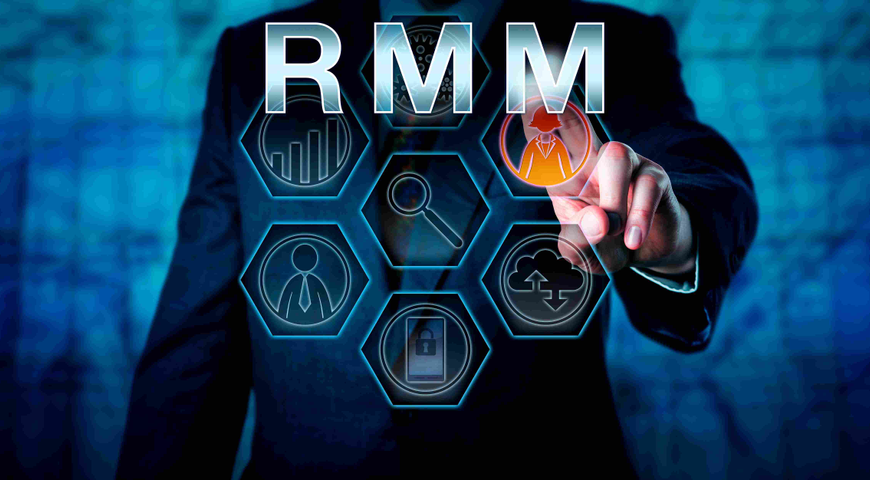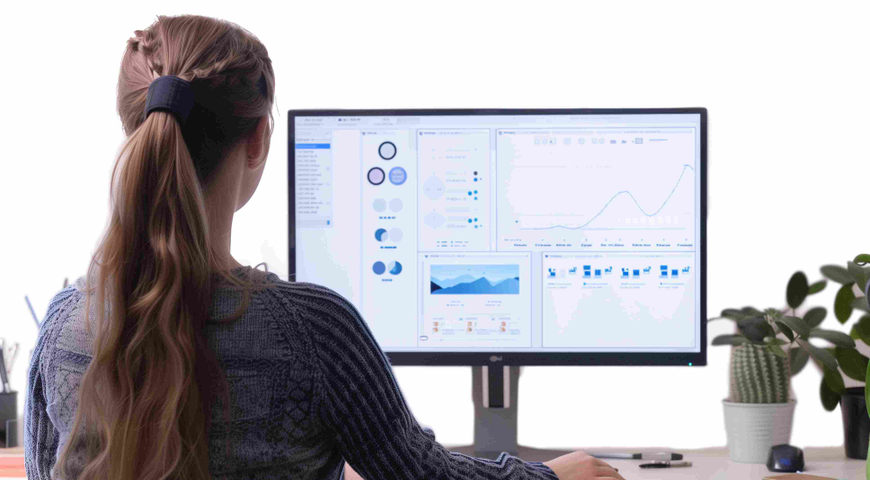
Remote monitoring and management (RMM) is at a crossroads. The technology that changed the way managed service providers (MSPs) do business is changing again, and this time, the shift is more rapid and radical than anything that has come before.
RMM enabled IT service providers to move from a break-fix business model to becoming true MSPs, offering continuous management of endpoints, servers, applications and networks, as well as ensuring robust cybersecurity for clients. But with the advent of software as a service (SaaS) over the last two decades and the rapid growth of severe cybersecurity threats, RMM isn’t the all-encompassing solution it once was.
It's still critical to MSPs, though, and it’s poised for a reinvention that will propel the MSP business model into the future. The evolution of RMM provides context and a roadmap for where the technology is headed.

How MSPs went from a break-fix model to proactive monitoring
By the 1990s, professional services automation (PSA) software had already begun enabling providers of professional services of all kinds to automate repetitive and time-consuming tasks. For IT service providers, PSA was a breakthrough. In the absence of the cloud, which didn’t fundamentally exist at the time, service providers could offer services faster and more efficiently with the help of PSA.
But it was RMM that really led to a revolution for service providers and the birth of the MSP. Until the advent of RMM, providing IT services was a break-fix business. The concept of the modern MSP didn’t exist. When a client had a problem, the service provider went to the client site and fixed it. Providers billed clients for time and materials based on hourly rates.
Around the year 2000, RMM changed this business model by enabling providers to monitor client sites without traveling to them. The “remote” aspect of RMM was a massive step forward. IT service providers could reshape themselves as MSPs and provide services without constantly being on premises at clients’ sites. They could act proactively instead of reactively. In other words, they could fix things before they went wrong instead of responding to calls when problems occurred.
For example, if a disk was above 90% capacity, the MSP could change it before the server stopped running. The client never had to make a panicked call. With that powerful capability, providers moved from IT service providers with hourly billing to MSPs with subscription models and contracts. And they moved from being firefighters to being indispensable business partners that could continuously monitor client sites and fix problems before they happened.
Integration issues persist with RMM and PSA
The biggest issue remaining for MSPs after RMM came to the fore was that it wasn’t as efficient as it could have been. Remote management enabled MSPs to completely shift their business models, but that led to new problems.
PSA applications were not natively integrated with RMMs, and even today, only newer vendors offer RMM and PSA as a single solution. However, those all-in-one solutions are mainly suited for smaller MSPs, while larger providers still rely on integrations between RMM and PSA. So, when MSPs moved to subscription-based models, PSA wasn’t ready for the change.
For instance, MSPs needed to have client alerts and ticketing working in the same system so they could track both simultaneously and tie the two together. So, many MSPs began to integrate RMM and PSA in house, using their own technical expertise. But that has turned out to be a big project, with service providers taking developers away from client work to build and maintain integrations.
That’s why natively integrated RMM and PSA is and will continue to be a critical differentiator for solution vendors. With native integration, MSPs can tie client monitoring to internal processes and increase efficiency. They can move technical experts away from maintaining RMM and PSA integrations and back to working for clients. The merged applications make monitoring and managing endpoints predictable and relatively easy.
Native integration is critical. When RMM and PSA work together in the same system, MSPs can provide services efficiently from a single interface. Native integration is also critical for working in the cloud, where MSPs now provide the vast majority of their services.
That’s particularly important for MSPs when dealing with incident or ticket resolution — especially if remote desktop is also built in. Remote desktop integration with RMM and PSA enables technicians to work on tickets by troubleshooting incidents without having to switch between tools. They have everything they need to resolve tickets and incidents in the single interface.
When RMM and PSA initially merged, MSPs were managing client systems on servers and networking equipment running on the MSP’s own premises. That’s no longer the case now that MSPs are primarily working in SaaS environments such as Microsoft 365.
The cloud and SaaS usher in a new era for MSPs
When the cloud took over as the primary computing model, clients stopped using Exchange servers, for example, located in an MSP’s office. They started running on Microsoft servers in the cloud as part of what would become Microsoft 365. MSPs panicked, thinking SaaS would siphon business from them — and, for a while, it did. Clients could pay Microsoft less to do everything an MSP was doing for them, or so they thought. Microsoft 365 adoption skyrocketed and remains very strong.
Ultimately, though, Microsoft cannot, and does not try, to provide truly comprehensive IT services, particularly with regard to cybersecurity. At the same time, a steady rise in cyberattacks, along with a rapidly growing number of high-profile examples, alerted businesses of all kinds to the risks of a data breach. In 2024, the total cost of cybercrime worldwide was close to an estimated $10 trillion. Forecasts say it could be more than $15 trillion by 2029. Forecasts also show that by 2029, the global cost of cybercrime will have climbed for 11 consecutive years.
So, cybersecurity became a big deal around the same time MSPs had to shift from providing services directly to clients to providing them indirectly via Microsoft 365. Most MSPs had built a set of tools for client management, but Microsoft 365 has broken that model. Most MSPs do not have a centralized tool stack for managing Microsoft 365, and so they have to provide everything, from cybersecurity to backup and recovery, using a patchwork of often poorly integrated tools.
MSPs need an RMM revolution
RMM, to this point, has not been capable of taking on the diverse and complex tasks involved with delivering Microsoft 365; it is still focused largely on endpoint management and not designed to monitor and manage a SaaS environment. The problem is that SaaS management is client management now. It’s what MSPs need to do. But they can’t always do it well because they don’t have the tools they need. And if they do, those tools aren’t integrated and are difficult and costly to manage.
As a result, many MSPs are hesitant to include Microsoft 365 management in a services agreement because they can’t predict how much it will cost or how much revenue they’ll generate. They end up losing money and not adequately serving clients. They also end up with an unmanageable hodgepodge of tools.
What MSPs need now is RMM for managing Microsoft 365 combined with other key capabilities necessary for providing SaaS-based services. They need a single tool that includes RMM and PSA, as well as endpoint detection and response (EDR) and extended detection and response (XDR). They need to consolidate processes such as onboarding, account management, alert monitoring and software updates with a unified platform.
A consolidated RMM solution is the way forward
Acronis Cyber Protect Cloud delivers on the promise of RMM consolidation, offering MSPs the consolidated, comprehensive and natively integrated solution they need to protect clients and redistribute resources. The Acronis solution provides a consolidated platform that delivers backup and email archive capabilities, security for email and collaboration applications, and extended detection and response (XDR). The full Acronis Cyber Protect Cloud package also delivers security posture management and even a new approach to security awareness training.
Just as the combination of PSA and RMM changed the way MSPs did business, the consolidation of RMM with PSA, remote desktop, cybersecurity, backup and recovery, and other key functions will enable MSPs to once again adapt their business models to a changing landscape.

About Acronis
A Swiss company founded in Singapore in 2003, Acronis has 15 offices worldwide and employees in 50+ countries. Acronis Cyber Protect Cloud is available in 26 languages in 150 countries and is used by over 21,000 service providers to protect over 750,000 businesses.



